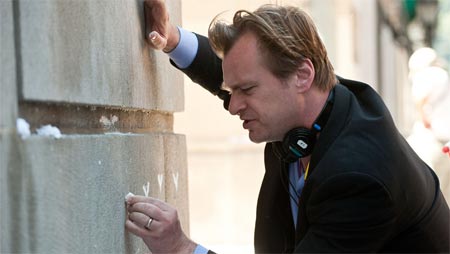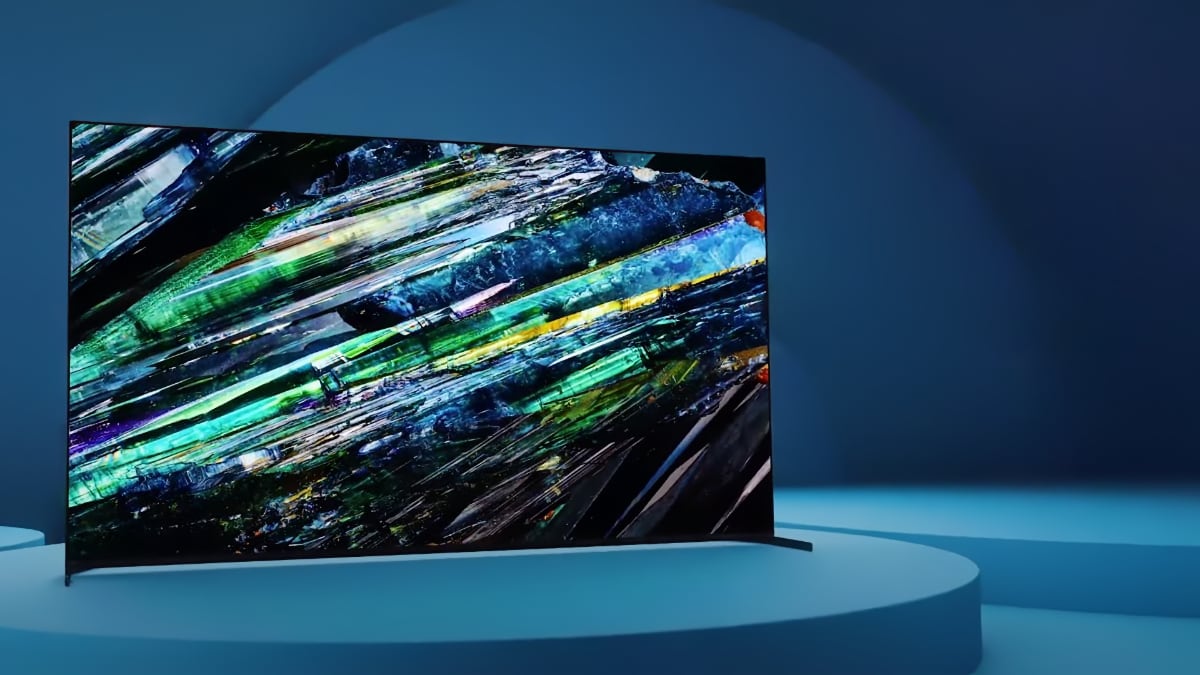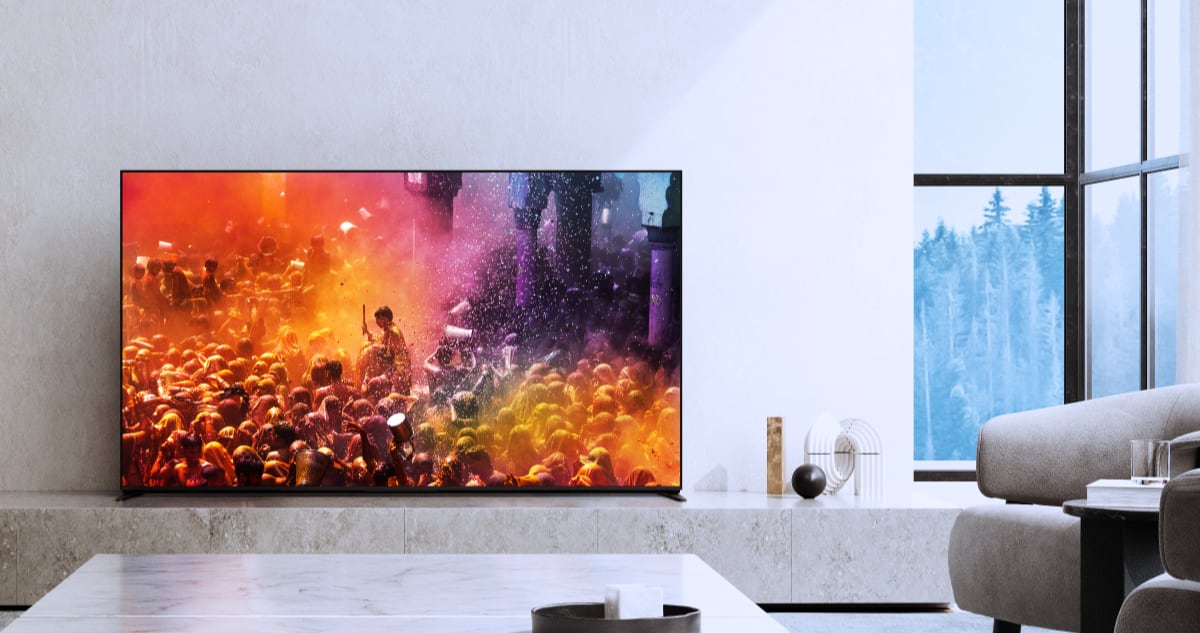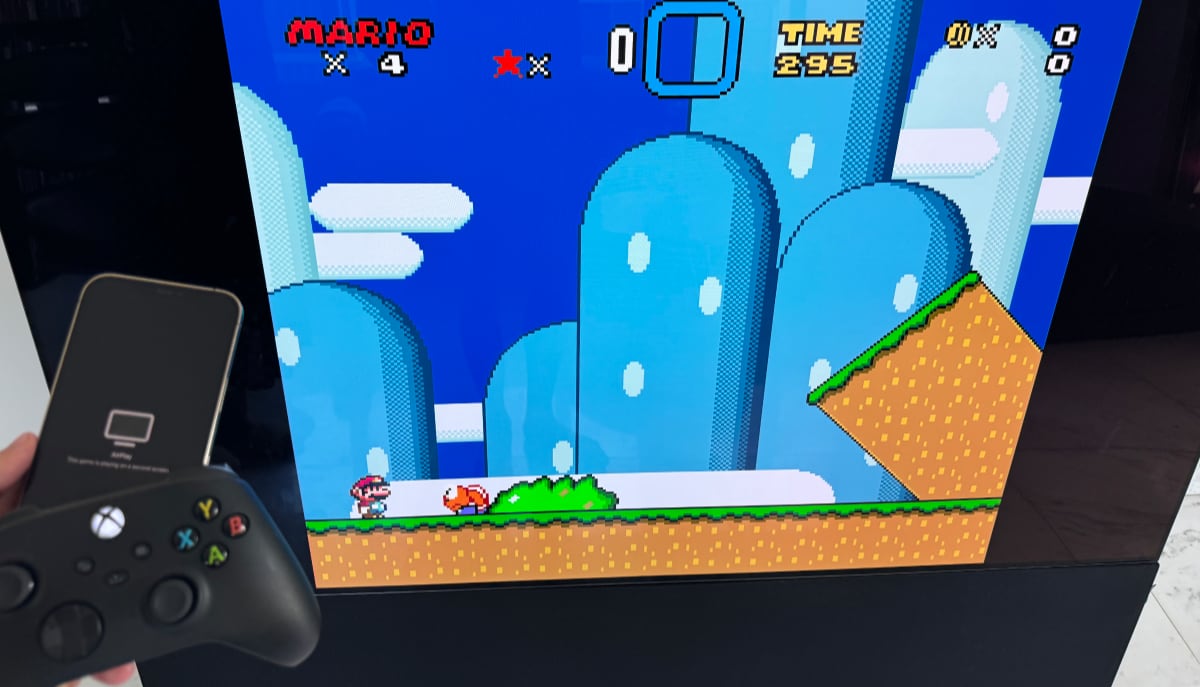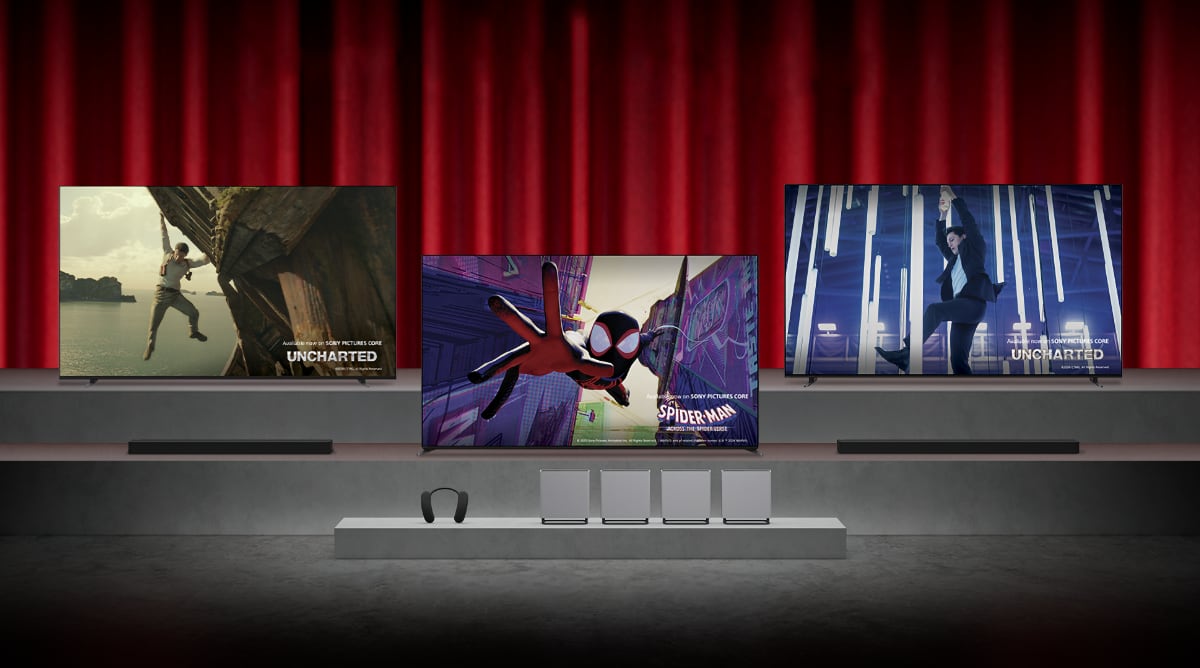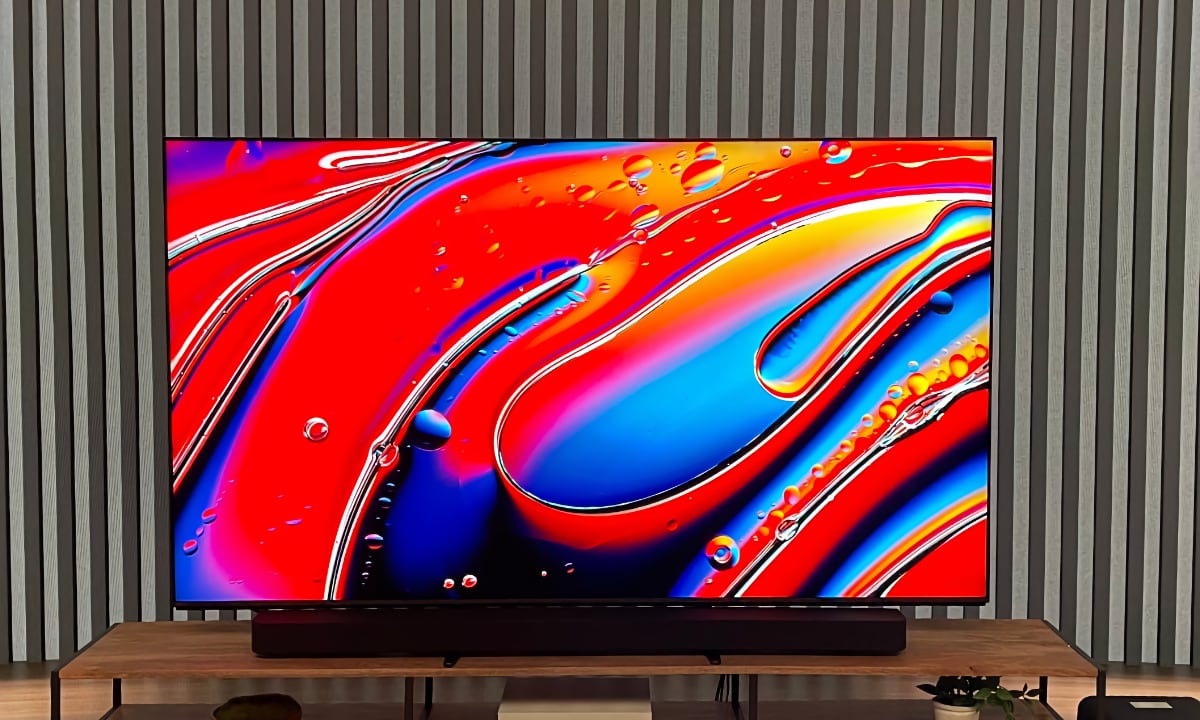Christopher Nolan and Paul Thomas Anderson are asking TV manufacturers to stop applying motion interpolation (smoothing) to movies. Through the directors guild (DGA) they are proposing a standardized ‘Reference Mode’ implemented in TVs, according to a report by Slashfilm.
Reference Mode for TVs
Just in the last couple of years, TV makers have introduced various new picture modes ranging from ‘Technicolor Mode’ to ‘Netflix Calibrated Mode’. Dolby is trying to streamline the process with Dolby Vision and just last week IMAX and DTS introduced ‘IMAX Enhanced’, which includes an ‘IMAX Mode’ for TVs.
Christopher Nolan, Paul Thomas Anderson, and Jonathan Mostow are now proposing a standardized ‘Reference Mode’ to be included in TVs. They have reached out to TV manufacturers via the UHD Alliance and are also reaching out to other directors through the Directors Guild of America (DGA), who represents the movie and TV directors’ interests.
- "Many of you have seen your work appear on television screens looking different from the way you actually finished it,” a letter sent to other directors said, according to Slashfilm. “Christopher Nolan and Paul Thomas Anderson reached out, via the studio UHD Alliance, to television manufacturers. By starting a dialogue with the manufacturers themselves we hope to try and give directors a voice in how the technical standards of our work can be maintained in the home.”
Their main gripe with modern TVs is motion interpolation – or smoothing – that calculates and inserts artificial picture frames into the video stream. This can make moving images appear sharper but it also makes movies and TV series look artificial. The effect has been dubbed the “soap opera effect”. The interpolation system is activated per default on almost all TVs from all brands.
Motion interpolation is not used in cinema and directors want TV manufacturers to stop using it as the default option for movies. The proposed ‘Reference Mode’ would ensure that motion interpolation is deactivated but DGA is also surveying directors on whether they prefer to set other requirements in terms of color, brightness, black levels, and white point. The DGA’s survey questions are included in the table below.
They are also discussing how to best implement the ‘Reference Mode’, specifically whether it can engage automatically. It is cautioning that the mode should not be “buried too deeply in the menus”.
DGA survey questions
How important is it to you to have a simple way to get consumers’ home TV setup similar to monitors in the color-grading suites for viewing film and television content that YOU created?
For the following aspects of film and television playback, what elements of creative intent should be maintained in current home displays?
- Motion/frame rate should match the original frame rate (no motion interpolation)
- Home displays should maintain what was seen in the grading suite – in terms of color, brightness, black levels, white point, etc.
- Dynamic range should be preserved – HDR should look like HDR, standard dynamic range should look like standard dynamic range, dynamic range should not be stretched.
- Would you expect this “reference mode” to work for both SDR (standard dynamic range) and HDR (high dynamic range) content or just SDR or just HDR? Please choose one.
- Would you expect this “reference mode” to be called the same thing on different manufacturers of TVs? |
Not the first time
Of course, this is not the first time that directors have tried to encourage TV manufactures to stop using motion interpolation. In 2014, Reed Morano started a petition.
In 2017, directors such as James Gunn, Rian Johnson, Chris McQuarrie, Christopher Miller, and Tom Cruise started calling on TV manufacturers to turn off motion smoothing. “I call motion smoothing Satan’s spectacles”, James Gunn said at the time.
It has not helped one bit, partly because TV manufacturers are the ones who develop and push motion interpolation in the first place. It seems as if every year, a new organization or company promised to fix the problem. Technicolor, Dolby, Sony, and others all claim that they care about director’s intent but they generally allow motion interpolation to be used in their respective movie modes.
The anti-smoothing movement is gaining more traction in Hollywood but there are some obvious questions here. Do we really need yet another picture mode to fix this mess? Is it a culture problem? Do we actually want the UHD Alliance who certifies inferior edge-lit LCD TVs as ‘UHD Premium’ HDR TVs to be responsible for this work? Can a ‘Reference Mode’ in TVs even work when part of the problem is that Hollywood directors insist on shooting film at extremely low 24fps frame rate?
- Source: Slashfilm

